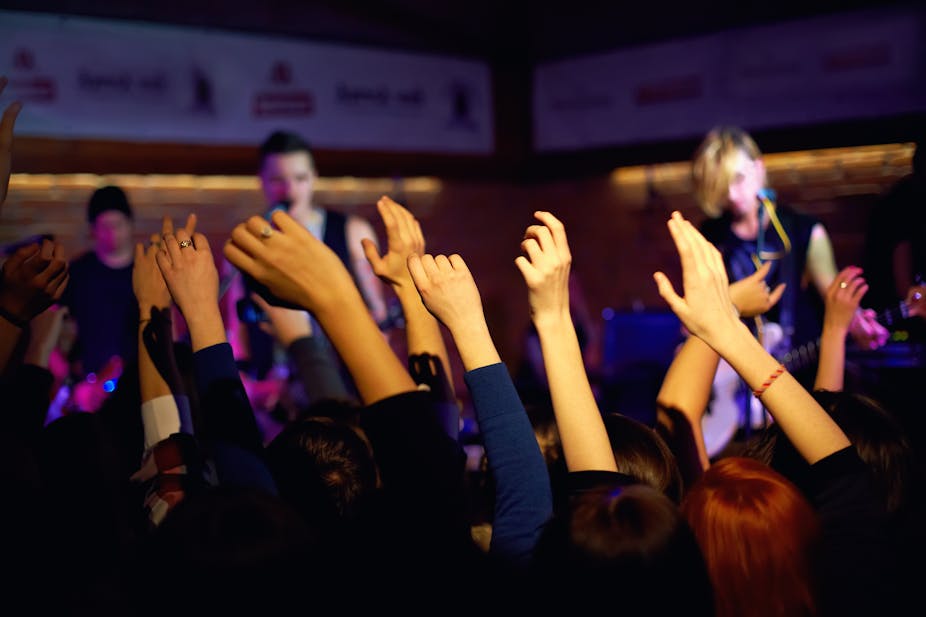Federal arts minister Tony Burke this week announced the government’s commitment to setting up a National Live Music Office. Burke said the taskforce will:
…partner with governments, local councils, communities, businesses, musicians and songwriters on how to lift barriers to ensure more acts can perform at venues around the country.
Ianto Ware, an experienced musician and coordinator, will manage the office, which is to be administered by the Australian Performing Rights Association (APRA) and funded to the tune of A$560,000 over the next three years. Each state is set to have a contemporary music performance ambassador representing their interests. Looking at these facts, a broad consultative approach is anticipated.
The agenda is aimed at addressing a range of strict Australian planning regulations, which include noise restrictions, tough security requirements and prohibitive fees for liquor licensing. Along with other regulatory conditions, these restrictions jeopardise the sustainability of live performance venues. Invigorating and developing a regional touring plan is another hot topic for consideration.
APRA statistics indicate that venue-based contemporary live music contributes to a $1.2 billion industry. This services some 42 million patrons and offers significant employment opportunities. Economically, this provides a very strong argument to keep live venues.
Flick through any article on the contemporary music business and you will learn about the financial drivers of music production and dissemination. The Live Music Office will therefore focus on musical supply and profit.
Of course, as many bloggers are keen to report, the contemporary live music landscape shifts at a fairly rapid pace. Some of the musical changes themselves may be reactions to the regulation and restriction described above. Whatever the case, the once staple musical diet of loud gigs at the pub has certainly waned.
Smaller and more intimate performance spaces airing grassroots setups have entered the scene. Since positive artistic changes often arise in reaction to dominant trends and come from the most obscure corners of society, the hope is that the office will develop a plan to encourage that ever-varying creative pulse.
The proposed work of the office has some community focus. Perhaps from this, important social and financial goals will emerge. When Hoodoo Gurus lead singer and NSW Live Music Ambassador Dave Faulkner heard of his role, he commented:
People gathering together, making and enjoying music is a spiritual experience as old as humanity itself. Music unites us all.
Faulkner is correct. Compelling research increasingly demonstrates that music’s function is founded on the communion it offers people. Consider the sung utterances and lilting bodily rocking which develop in a mutual way between adult and infant. These behaviours offer adaptive value for both participants in the relationship, nurturing crucial feelings of emotional connection and attachment.
The spontaneous song and dance of a toddler is an extension of infant-directed musical mutuality. These musical behaviours are elaborated in the adult world in socially ritualised contexts. These include group singing and playing of musical instruments. Contemporary music is a “uniting” socio-cultural experience. Its cultural place makes it the most pervasive of all musical forms.
We’ve all seen audiences coordinating with the rhythms and harmonies of their favourite artists: they sing, weep, and laugh in the shared musical space. It is a very different experience to the iPod.

Live music provides a space for performers and audience to participate in an unfurling dialogue. It is a powerful social practice, but I wouldn’t be limiting the encouragement of live venues for contemporary music only. All musical genres have live performance value.
Indeed, the practice of music therapy is offered across a range of musical forms. From the consulting room to the community hall there is indisputable evidence of improved well-being. Moods can be lifted and concentration increased as a direct consequence of musical engagement.
Live music can also have a much broader meaning than offering good gigging venues. They provide opportunities for artists and audiences to communicate. Research shows that the benefits of music are significantly intensified when you make the music yourself. For example, when seniors who had never previously participated in music joined a singing group, they presented great benefits. After two years of participation they had made fewer visits to their GPs when compared with their friends who participated in other forms of activity. They also reported feeling more positive and more physically exercised than prior to their music-making experiences.
Music-making places considerable demands on the performer’s human central nervous system. Evidence shows the effects on brain plasticity are more pronounced in musicians than among those engaged in other skilled activities, especially those who commence music participation earlier in life.
So let’s encourage live music spaces. But let’s also offer support and opportunity to people across all generations, backgrounds, interests and musical tastes to enable them to learn to make music themselves. Investing in good music education makes good social, cultural and economic sense.

